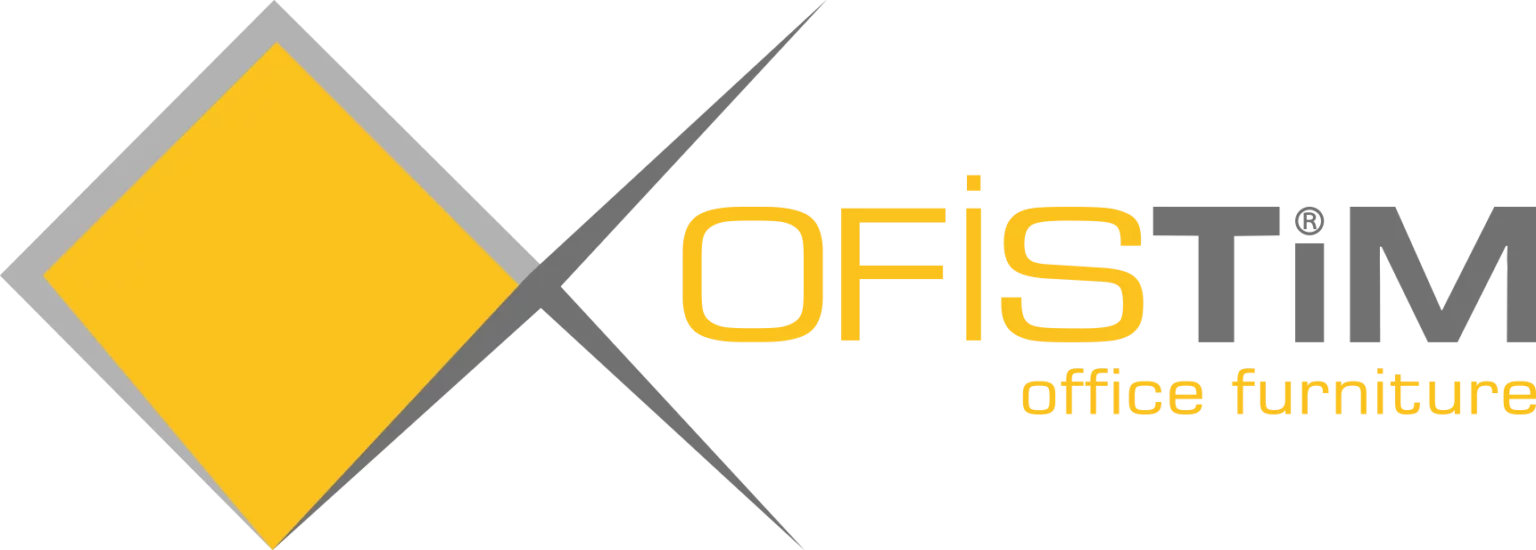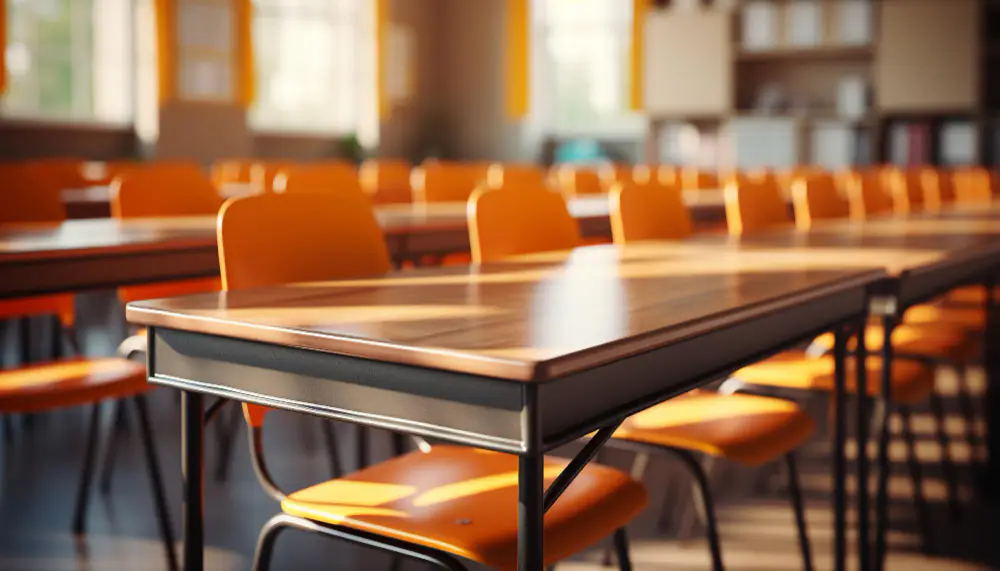School desks have come a long way since the earliest days of education. For centuries, students simply sat on benches or stools to learn. It wasn’t until the late 1800s that single student desks became common in schools. These early desks were made of wood and featured an attached seat and writing surface. They allowed each student to have their own dedicated space for the first time.
Today, school desks come in a variety of styles and configurations to meet diverse needs. While the traditional single student desk remains popular, many classrooms also incorporate alternative options like double desks, adjustable standing desks, flexible seating, and more. Desks may be made of materials ranging from wood, to plastic, to metal. The style and layout of desks significantly impacts the classroom environment.
This article will provide an overview of the most common types of school desks used today. It will cover key factors like materials, adjustability, seating capacity, and overall desk design. Whether choosing desks for a new classroom or looking to upgrade existing furniture, this guide will explore the pros and cons of various desk options to consider.
Single Student Desks
Single student desks are the most common type of desk found in classrooms. They provide each student with their own dedicated worksurface and space.
Pros of Single Student Desks
-
Give each student their own defined personal space and territory. This prevents issues with crowding or encroachment from neighboring students.
-
Allow students to work individually without interference or distraction. The barriers provide privacy and focus.
-
Make it easy for teachers to monitor student work and activity at a glance.
-
Provide versatility in classroom arrangement. Desks can be lined up in rows, grouped into clusters, or arranged in other patterns.
Cons of Single Student Desks
-
Don’t encourage collaboration, discussion, or group work between students. The barriers can isolate students from interacting with each other.
-
Take up significant floor space in the classroom. Many single desks can make a classroom feel cramped.
-
The defined boundaries can tempt some students to claim more space or even vandalize the desk.
Variations
-
Chair-desk combos provide an attached chair with the desk surface. This ensures each student has their own seat but reduces flexibility in arrangement.
-
Adjustable desk heights or tilt-top surfaces can improve ergonomics for different age groups.
-
Colorful or creative designs and shapes spark student engagement while serving the same function.
Single student desks allow focus but their boundaries can also isolate. Variations like attached chairs and adjustable surfaces add functionality.
Double Student Desks
Double student desks are designed for two students to sit and work at the same desk. They are commonly used in elementary school classrooms to encourage collaboration between students.
Some pros of double desks include:
-
Encourages teamwork and communication skills. When students share a workspace, they learn to collaborate, share materials, and communicate with a partner. This builds valuable interpersonal skills.
-
Promotes discussion and peer learning. Students can easily turn and talk with their deskmate to discuss concepts, ask questions, and teach each other.
-
Maximizes space in crowded classrooms. Double desks allow more students to fit comfortably within the classroom.
-
Cost-effective. Double desks are usually less expensive than purchasing individual desks for every student.
Some cons of double desks are:
-
Can cause distractions. Sitting in close proximity makes it easy for students to chat or fool around. This can lead to disruptive behavior.
-
Promotes dependency. Students may rely too heavily on their partner rather than developing independent work skills.
-
Difficult to configure classrooms. Double desks can make it tricky to rearrange classrooms or seating charts. Moving large, heavy pieces of joined furniture poses a challenge.
There are a few variations of double desks to choose from:
-
Side-by-side tables with two chairs. This traditional setup places two individual tabletop workspaces next to each other.
-
One large tabletop with a divider. Some double desks feature one long desktop with a divider down the middle to delineate each student’s workspace.
-
Curved tables for small groups. Rather than just two students, some double desks link three, four, or more students together in a rounded configuration to facilitate group work.
The style and design of double desks can range from basic models to desks with storage cubbies for books and supplies. There are both wooden and plastic double desk options. When selecting double desks, teachers should consider classroom needs and teaching philosophy.
Adjustable School desks
Adjustable desks allow for height adjustments to accommodate students of different sizes. This flexibility provides many benefits for students including:
-
Improved posture and ergonomics. Adjustable desks can be raised or lowered to find the optimal height for each student to maintain proper posture and reduce strain.
-
Accommodation of growth spurts. Children go through growth spurts at different ages, so adjustable desks allow the classroom furniture to change with the students.
-
Accessibility for differently abled students. Adjustable desks create an inclusive classroom environment by providing desks at the right height for students in wheelchairs or with other physical needs.
-
Standing option. Some adjustable desks allow students the option to stand, which encourages movement and activation.
There are a few main types of height adjustment mechanisms for student desks:
-
Crank. A crank handle on the side of the desk allows manual raising and lowering in increments. This method is simple and low-cost.
-
Lever. A lever mechanism can be pumped up or down to adjust the height. Levers allow quick and easy adjustments.
-
Electric. Electronically controlled desks can be programmed or controlled to change heights with the push of a button. This option is more expensive but very convenient.
-
Counterbalance. A spring-loaded counterbalance system uses body weight to move the desk up and down with little effort. Counterbalance desks are smooth and easy to adjust.
By incorporating adjustable height desks, classrooms can support proper posture, growth, and accessibility for a diverse student body. The adjustability empowers students to find their ideal learning positions.
Standing School desks
Standing desks, also known as stand-up desks, are a type of classroom desk that allows students to stand while working. Unlike traditional seated desks, standing desks are adjustable so they can be raised or lowered to accommodate either sitting or standing postures.
Standing desks have become increasingly popular in schools due to the health benefits associated with being on your feet. Prolonged sitting is linked to obesity, diabetes, heart disease, and other health risks. Standing desks allow students to be more active and energetic throughout the day. Studies show standing desks can burn more calories, improve mood, increase focus and concentration, and reduce back and neck pain compared to seated desks.
Implementing standing desks does come with some challenges. Standing all day may be tiring or uncomfortable for some students. Teachers need to allow flexibility, so students can sit or stand as needed. Standing desks are also more expensive than standard desks and require more space in the classroom. Some students may use them inappropriately by adjusting the height too low or high. Proper training and clear expectations can help mitigate these issues.









